I decided I needed to see the inside of the Castel Sant'Angelo. The Mausoleum was built on the right bank of the Tiber River in a large burial area in the vicinity of the Vatican Hill. Built by Hadrian in 130 A.D. and during the 17th c was adorned with angels sculpted by Bernini.
There was an exhibit Il Cammino di Pietro.
They did not allow photographs but I snuck some anyway.
Interesting place for a "Ghost Chair".
Onwards to the top...
I popped in to a small military exhibit..
Moving along to the Loggia of Paul III
That is one very large Roman mosquito..moving along, quickly.
Some more artifacts on display...
Loggia of Julius II and Sant'Angelo Bridge
I snuck this pic..no pictures inside, top notch security watching. It's a shame, I would have loved sharing this. See you on the other side...
Wow, that was awesome. OK back to the castle.
We have arrived at the top.
Absolutely wonderful experience..now on to the
Galleria nazionale d'arte moderna.
what I found on my way..
Then as I turned to the right I was a beautiful little church..
I thought this was interesting...
Located in the back of the Chiesa del Sacro Cuore del Suffragio on the banks of the Tiber, the tiny century-old
Piccolo Museo Del Purgatorio, or "Museum of the Holy Souls in Purgatory," holds a collection of bibles, prayer books, tabletops, and articles of clothing said to have been singed by the hands of souls in purgatory.
According to Catholic belief, the soul is stranded in purgatory until it atones for its sins, but can hasten its ascent to heaven through the prayers of loved ones still on earth. The scorched handprints and other burn-marks collected in this museum are believed to be the product of souls begging their earth-bound loved ones to pray harder.
Though not mentioned in the Bible, the idea of purgatory is a very old part of the Catholic faith, dating back to at least the 11th century. The notion that trapped souls might need to be freed comes from a story allegedly told to the Abbott Odilo of Cluny by a monk returning from the Holy Land. He told the Abbott how his ship had been wrecked, and he had been cast ashore on a mysterious island. A hermit who lived on the island related his own story of a mysterious chasm, from which burst forth demonic flames and the agonized screams of trapped souls. He pointed out that the demons were always complaining about losing souls when the living prayed or gave alms to the poor on their behalf.
The freeing of these trapped souls became a priority for the Church, and for family members grieving dead loved ones. November 2 was established as All Soul's Day, whereon it was believed that prayers by the living could intercede on behalf of the faithful dead who had died without absolution, or babies who had died before baptism, thus freeing them for Heaven. (According to Catholic doctrine, one cannot go to hell from purgatory.)
Victor Jouet, the collector and French missionary, was supposedly inspired to build this purgatorial museum after a fire destroyed a portion of the original Chiesa del Sacro Cuore del Suffragio, leaving behind the scorched image of a face that he believed to be a trapped soul.
Now on to other beautiful places...
The church of Santa Maria del Popolo is one of the more important churches in
Rome, and a popular tourist attraction on
Piazza del Popolo. The first religious building on this site was a chapel dedicated to Our Lady built over a tomb of the Domitia family in 1099. This was funded by the people of Rome, and hence the name 'Maria del Popolo' (Mary of the People). The chapel became a church in the 13C. The current church was built between 1472 and 1477, with further changes being made in the 16C and 17C.
Santa Maria del Poplo has several important features. The church facade is on the of the best examples of early the Renaissance style in Rome. Inside are numerous chapels decorated with various art from the Renaissance and Baroque eras. Here you will find, inside the Cerasi Chapel, canvases of 'Caravaggio' (Crucifixion of St. Peter and Conversion on the Way to Damascus). Also within S Maria del Popolo are the 'Assumption of the Virgin' by Annibale Carracci, frescoes by Pinturicchio, and sculptures by Andrea Bregno and Gian Lorenzo Bernini. The church dome is decorated with Raphael's 'Creation of the World' mosaics.
Ok, Now I will be making my way back through the Villa Borghese to the modern art museum
Yay the Galleria nazionale d'arte moderna
 |
| Emilio Vedova, Plurimo 1 Le mani addosso, 1962 |
 |
| Alberto Burri, Grande rosso P.N. 18, 1964 |
 |
| Emilio Vedova, Plurimo 1 Le mani addosso, 1962 |
 |
| Lucio Fontana, Nutura, 1959-1960 |
 |
| Arnaldo Pomodoro, Sfera n. 2, 1963 |
 |
| Max Ernst, Compendio della storia universsale, 1953 |
 |
| Karen Appel, Ragazza con Palla, 1950 |
 |
| Cy Twombly, La caduta di Imprioni, 1962 |
 |
| Alberto Giacometti, Grande Donna, 1960 |
 |
| Alberto Giacometti, Figura, 1956 |
 |
| Gunter Uecker, Spirale Scura, 1970 |
 |
| Shay Frisch Peri, Campo 1463 N, 2010 |
 |
| Gaston Novelli, Poetry reading tour, 1961 |
 |
| Afro (Afro Basaldella), Colorado, 1967 |
 |
| Carla Accardi, Integrazione lunga, 1958 |
 |
| Guiseppe Penone, Spoglia d'oro su spine d'acacia, 2002 |
 |
| Mario Ceroli, Ultima Cena, 1965 |
 |
| Fabio Mauri, Grande cinema a luce solida, giallo, 1968 |
 |
| Joe Tilson, Ziggurat 2, 1967 |
 |
| Mimmo Paladino, Tana, 1993 |
 |
| Enzo Cucchi, Roma, 1986 |
 |
| Francesco Clemente, Senza titolo, 1961 |
 |
| Eliseo Mattiacci, Alba, Giorno, tramonto e note, 1975-1976 |
 |
| Pino Pescale, Liane, 1968 |
 |
| Pino Pescale, Liane, 1968 |
 |
| Pino Pescale, 1 MC di terra, 2 MC di terra, 1967 |
 |
| Pino Pescale, 1 MC di terra, 2 MC di terra, 1967 |
 |
| Pino Pescale, 1 MC di terra, 2 MC di terra, 1967 |
 |
| Pino Pescale, Attrezzi argicoli, 1968 |
 |
| Mimmo Rotella, 1962 |
 |
| Gio Pomodoro, Grande folla n. 1, 1964 |
 |
| TAKEUCHI Seiho, Mestizia, 1094 |
 |
KOBORI Tomoto, Pellegrinaggio di Tsunemasa All'isola
Chikubo, 1896 |
 |
| TABATA Kihatchi, Kimono a maniche lunghe |
 |
| Auguste Rodin, l'eta del bronzo, 1870 |
 |
| Edgar Degas, Dopo il bagno, 1886 circa |
 |
| Paul Cézanne, Le cabanon de jourdan, 1906 |
 |
| Auguste Rodin, Bellerina, 1910 circa |
 |
| Auguste Rodin |
 |
| Claude Monet, 1897 |
 |
| Vincent VanGogh, L'Arlesiana. Ritratto di M.me Ginoux, 1890 |
 |
| Vincent Van Gogh, |
 |
| Gustav Kilmt, Le tre eta, 1905 |
 |
| Antonio Mancini, Ritratto di Otto Messinger, 1909 |
 |
| Ugo Giannattasio, Le tourniquet du Café de Paris, ante 1913 |
 |
| Amedeo Modigliani, Ritratto di Hanka Zborovska, 1917 |
 |
| Gerardo Dittori, Politica della Rivoluzione fascista, 1934 |
 |
| René Magritte, Le Paysage en feu |
 |
| Joan Miro, Il complanto degli amanti, 1953 |
 |
| Piet Mondrian, Grande Composizione A, 1919-1920 |
 |
| Vasilij vail'evic kandinskij, Linea angolare, 1930 |
This concludes our tour of the museums for the day. My feet hurt so bad all I want to do is get to my room...hope you enjoyed the artwork...I know I did.































































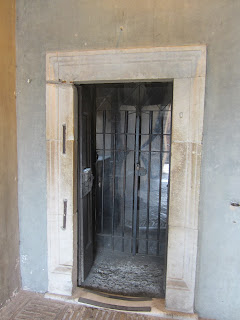










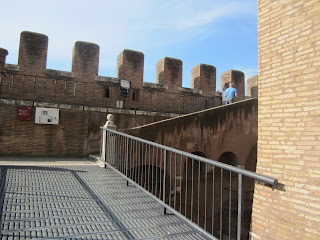















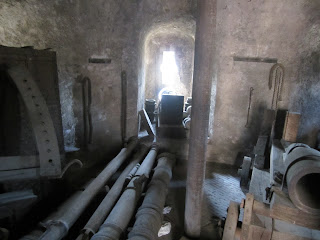





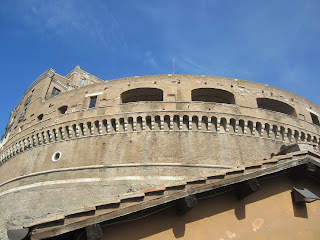












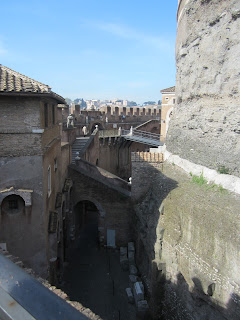









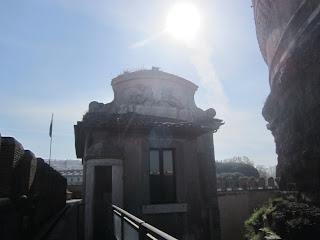

















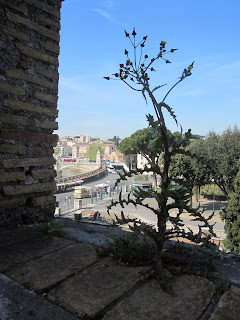










































































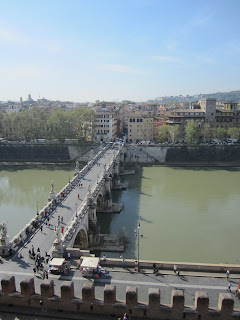






























































































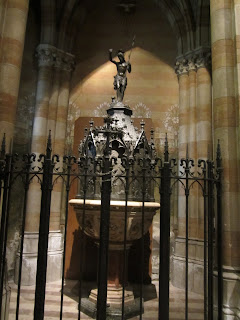




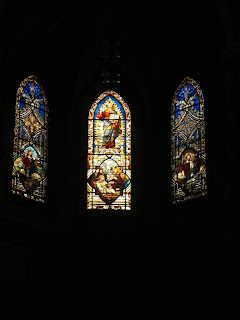






























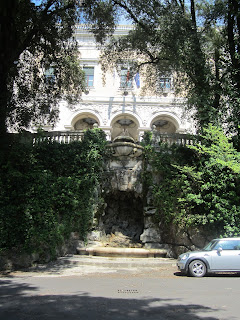



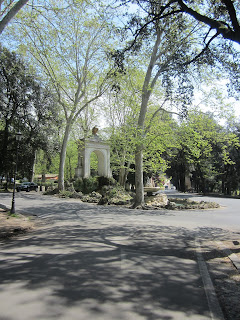
































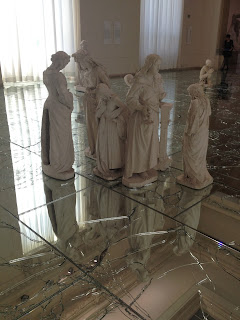























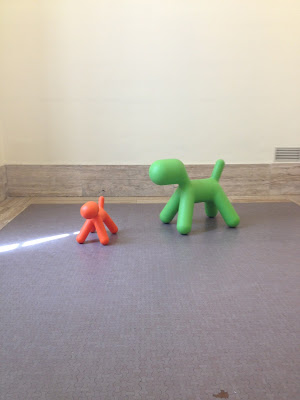



















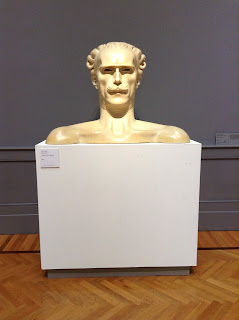




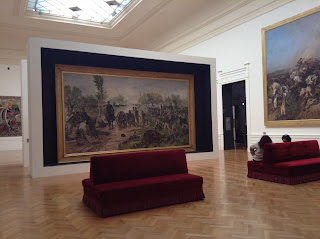


No comments:
Post a Comment